
02-10-2014 10:47
Marja PennanenHi,these strange coloured are about 0,5-1 mm wide.

02-10-2014 11:14
Garrido-Benavent IsaacDear all,This is an unknown conidioma (may be an a

01-10-2014 17:40
 Hans-Otto Baral
Hans-Otto Baral
Hi againI need the paper where this species is des

30-09-2014 13:05
Chris JohnsonGreetingsThese apothecia were found on the scale o

30-09-2014 21:49
 Chris Yeates
Chris Yeates
Bonsoir toustoday I collected a few scattered apot
en Piñas
Blasco Rafael,
01-10-2014 09:02
 Hola, tengo estas muestras recogidas a 2200m, en piñas (conos) semisumergidas de Pinus uncinata, tienen entre 2 y 3 mm, hay algun apotecio aislado, pero la mayoria vistas estan en grupos cespitosos.
Hola, tengo estas muestras recogidas a 2200m, en piñas (conos) semisumergidas de Pinus uncinata, tienen entre 2 y 3 mm, hay algun apotecio aislado, pero la mayoria vistas estan en grupos cespitosos.Parafisis X3--X3,5, son un poco sinuosas, septadas, algunas bifurcadas, con una masa de gel en el apice.
Textura margen globosa.
Textura excipulo prismatica.
Ascas J +, solo he podido medir una y tiene 180 x 13,5.
Esporas de 15--17 X 7--8. alguna se ve un septo.
No se pordonde mirar, alguna idea ???
micro en dos mensajes
Un saludo
Rafael
Blasco Rafael,
01-10-2014 09:07
Raúl Tena Lahoz,
01-10-2014 09:17

Re : en Piñas
Hola Rafa
Es un Pezoloma. Compara con las recolecciones de Enrique subidas en otros post de Ascofrance para ver si te cuadra con alguno.
Saludos,
Raúl
Es un Pezoloma. Compara con las recolecciones de Enrique subidas en otros post de Ascofrance para ver si te cuadra con alguno.
Saludos,
Raúl
Blasco Rafael,
01-10-2014 09:24

Re : en Piñas
Gracias Raul.
miro lo que tiene Enrique
Un saludo
Rafael
miro lo que tiene Enrique
Un saludo
Rafael
Blasco Rafael,
01-10-2014 09:33

Re : en Piñas
Raul, he mirado en Asturnatura y tiene subidas dos, que no se parecen macro ni micro, y no se como mirar los correos anteriores en Ascofrance, se tiene que mirar pagina a pagina ????
Rafael
Rafael
Raúl Tena Lahoz,
01-10-2014 10:11

Re : en Piñas
Arriba a la derecha tienes el buscador de Ascofrance, pones Pezoloma y te saldrán por defecto las especies subidas a la base de datos (2), pero a la izquierda tienes dónde aparece esa palabra en el resto de la página web. Para la palabra Pezoloma tienes 21 post en el forum. Luego ya tienes que ir mirando uno a uno... Lo siento pero no tengo tiempo para darte una opinión más detallada.
Raúl
Raúl
Blasco Rafael,
01-10-2014 13:20

Re : en Piñas
Raul, despues de intentarlo varias veces, no he podido ver nada no me abre o no he sabido hacerlo.
Rafael
Rafael
Blasco Rafael,
02-10-2014 17:46

Re : en Piñas
Encuentro muy pocas especies del genero Pezoloma, alguna idea de por donde mirar o alguna otra especie para poder comparar
Gracias anticipadas
Rafael
Gracias anticipadas
Rafael
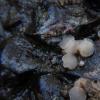


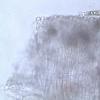
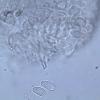
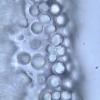
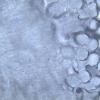
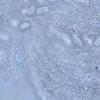
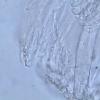
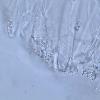
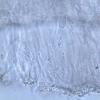
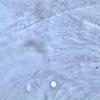
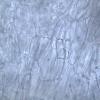

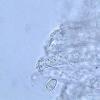
 ESPORAS SEPTADAS
ESPORAS SEPTADAS